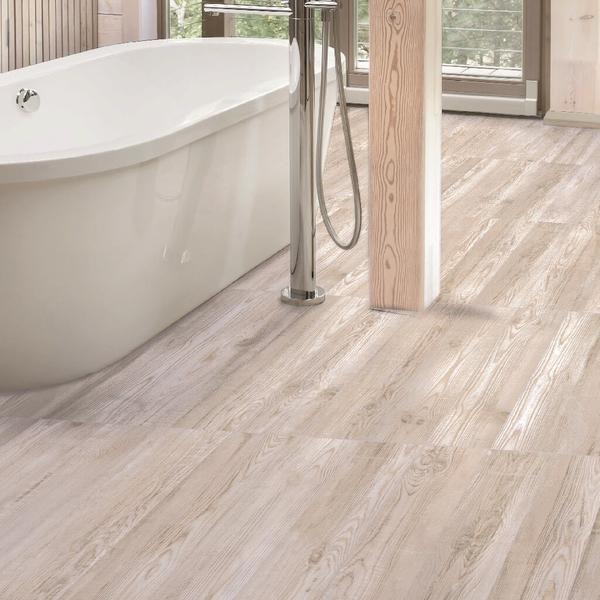Wooden flooring can dramatically enhance the whole look and feel of a room. It can usually be installed almost anywhere in the home too. However there are many different types of wooden flooring, each of which comes with a different price tag and has its own pros and cons. Below are a few different types of flooring to help you decide.
1) Laminate – Laminate is a very popular choice. It’s made with compressed fibre board planks usually with some sort of image overlay on top to give it a real wood image. It’s popular due to its relatively low price. It’s also very cheap and hard wearing and can be quick and easy enough to install if you know what your doing. However it can be prone to moisture swelling and may not look quite like the real thing.

2) Solid wood flooring – solid wood flooring is made from single pieces of wood. It usually fitted using tongue-and-groove. Solid wood will cost significantly more than laminate flooring and the wood should come with a hardness score which determines how long it may last before showing signs of wear. It has a more classic and natural look but can be more difficult to install than laminate.

3 – Engineered wood flooring – This consists of a few layers of wood, glued together to create a plank around 14mm thick. It is often installed via the tongue and groove method, although also sometimes available with a ‘click-and-lock’ installation, which doesn’t require any glue. This type of flooring is more stable than solid wood and therefore usually slightly more expensive. The tongue and groove type also means harder to install.

4 – Reclaimed flooring – Reclaimed wood flooring is timber that has been used in an older property and has been salvaged to be reused. This can even include finding very old floorboards in a property you have just moved into. Unless you can source the timber cheaply this is probably the most expensive option when it comes to flooring. However it’s also very durable and can be painted, white washed and stained to bring it up to scratch. Old timber can be prone to rot and woodworm and may contain hidden dangers such as old screws. It also takes a lot of work.

5) Wood effect tiles – These practical tiles combine natural wood with the durability of tiles and give a much more affordable and practical option to many of the other wooden floor types above. Being tile means they are usually waterproof so have the benefit of being more resistant to wear and tear and water damage. They can be placed pretty much anywhere even in bathrooms and the more moist areas. However they normally require grouting and can be cold and also noisy to walk on.

